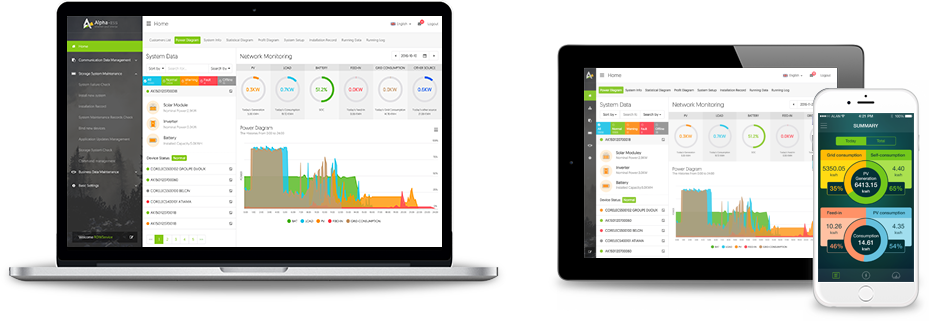Solar batteries have been available in the Australian market for decades, and reality is battery storage has never been as affordable, safe, and accessible as it is today. Solar batteries are the future for thousands of suburban households across the country and with ever increasing electricity bills, solar batteries are a no brainer if you want to save.
A rooftop PV installation allows you to generate free electricity from the sun. However, there are times when your rooftop PV installation won’t be producing energy and saving you money – like at night. It is at those times that you can experience high charges from grid consumption.
Without a solar battery
Adding a Solar battery to your original Rooftop PV system makes sense, especially in Australia, since we pay some of the highest rates to buy electricity from the grid in the world. Simply put, any power you use at home that comes from your solar and not from the grid will provide savings in your energy bills – and a battery will allow you to extend the benefits of your solar, storing the energy generated throughout the day so you can use at times like at night.
With a solar battery
You’re better off utilising your FREE solar power rather than selling it for a standard feed-in tariff and then having to buy your electricity back at a much higher rate to power your home at night. The combination of rooftop solar system and battery will help lower your energy bills dramatically and lead the way to a more renewable future, while reducing your carbon footprint.
A solar battery can store excess solar generation instead of sending it straight to the grid. Once the battery is charged, you will still get a feed-in tariff. (Are you shopping for a better feed-in tariff?)
Use your own solar power at night, reduce your reliance on grid prices
As we mentioned before, you’re better off utilising your solar energy rather than selling it for a standard feed-in tariff and then having to pay your electricity retailer a much higher rate to power your home at night.
Keep your home powered even when the grid fails, if you choose a model that offers blackout protection. Since this is not a part of a standard installation, we recommend you talking to our solar superheroes about blackout protection at the time of quoting. If you already have a battery that supports blackout protection that hasn’t been wired, we can help you organise for an installer to come and enable it.
It is important to remember choosing the right-sized battery will maximise these benefits.
Want to learn more about how much money you can save by adding a solar battery?
Then talk to our Solar consultants at Solar Battery Group on 1300 223 224 and let us help you.

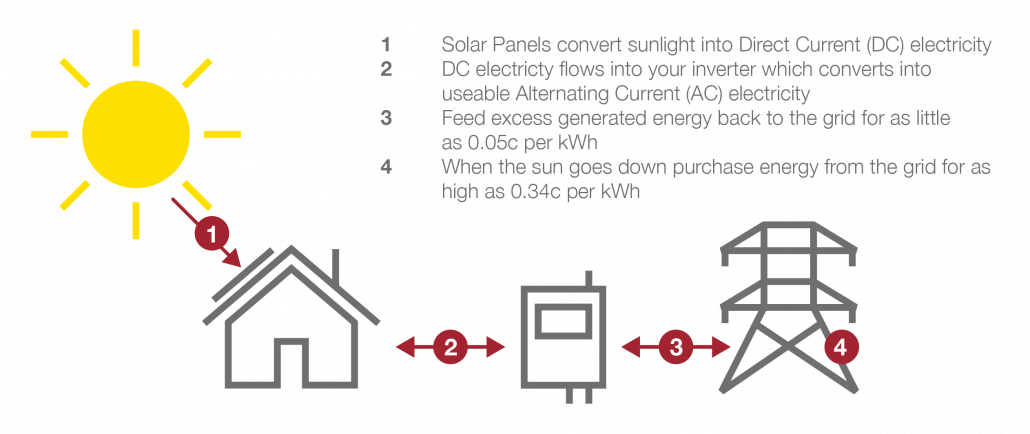
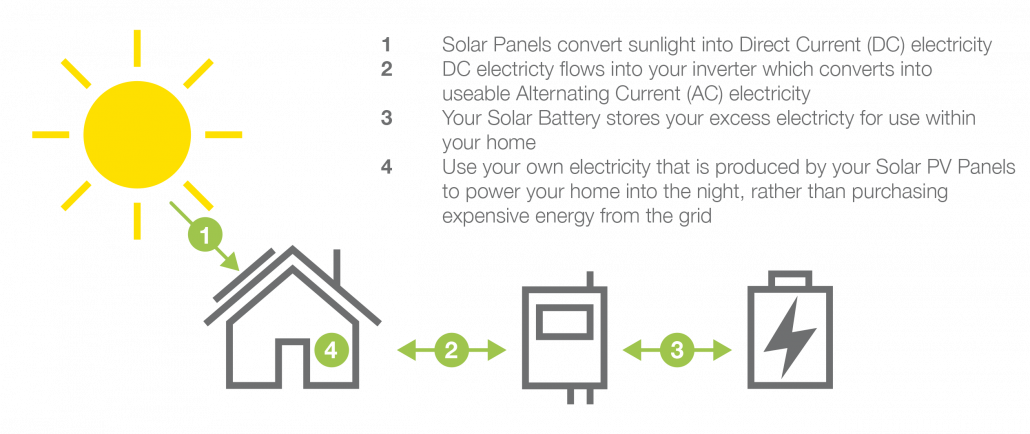



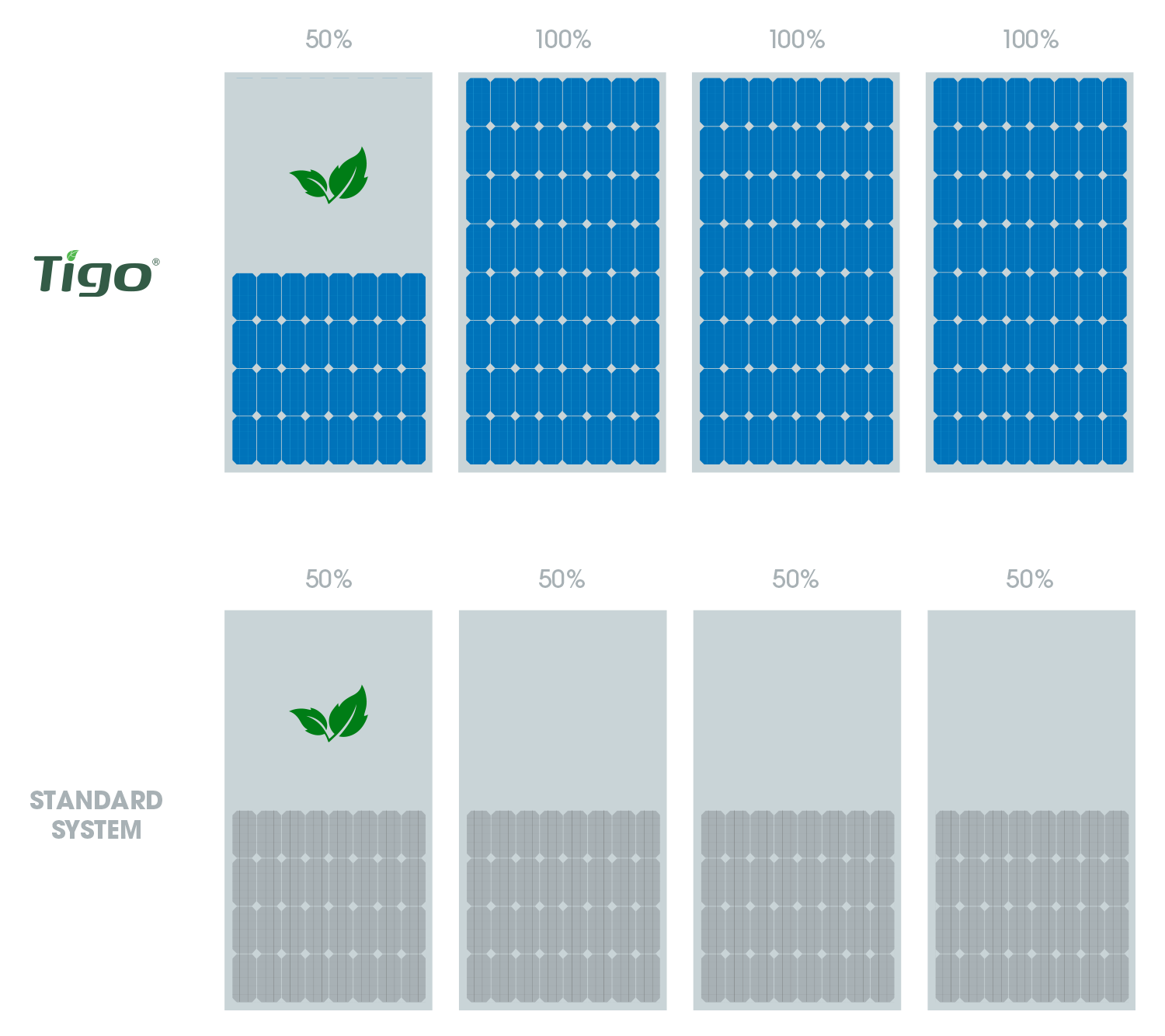
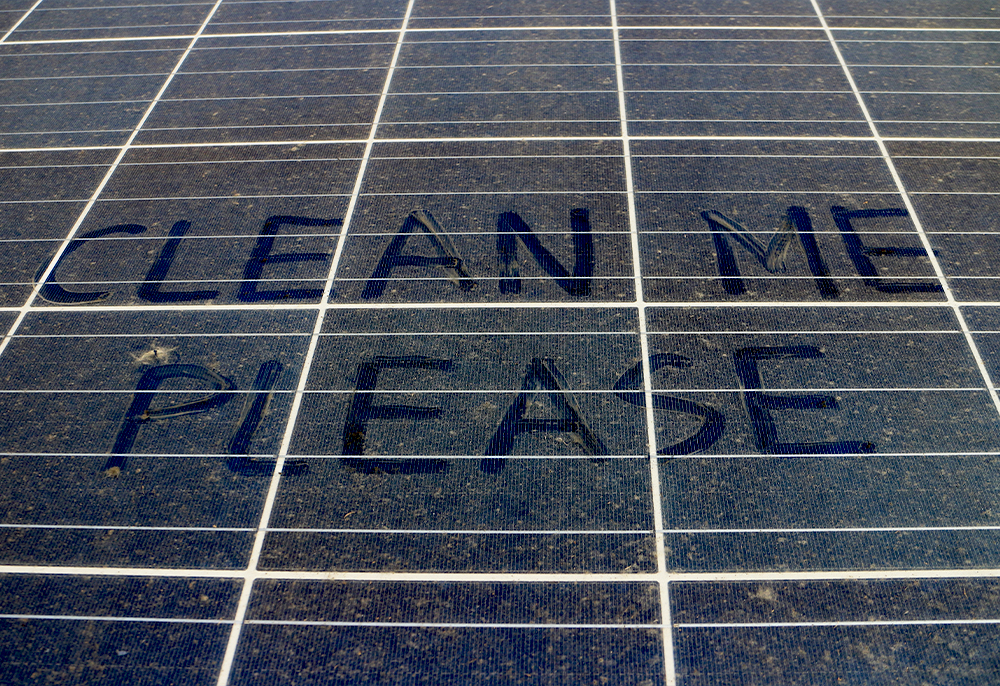
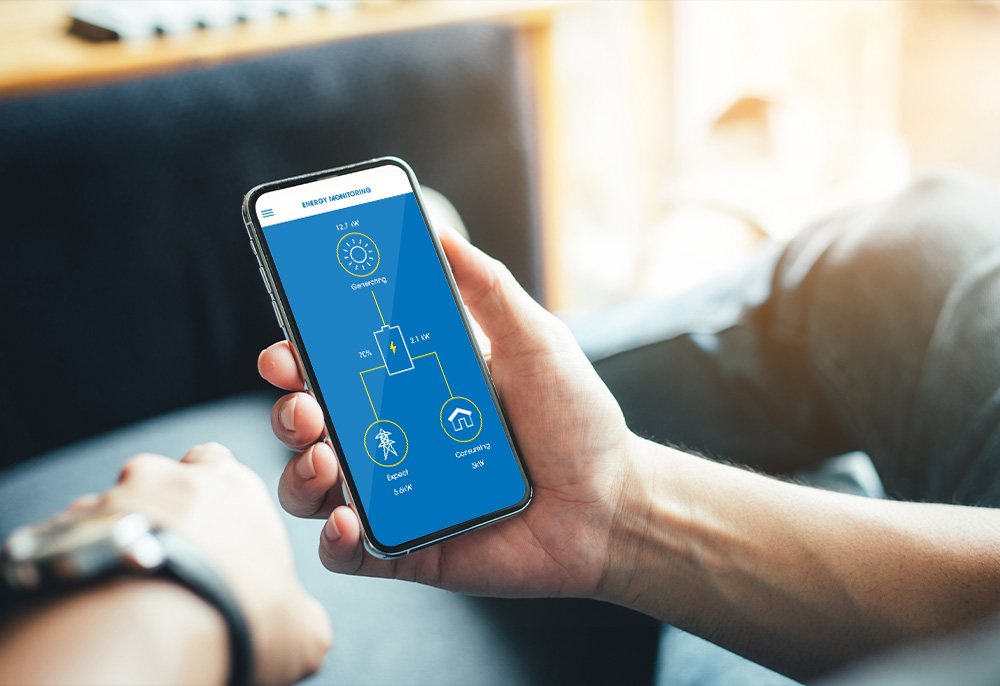
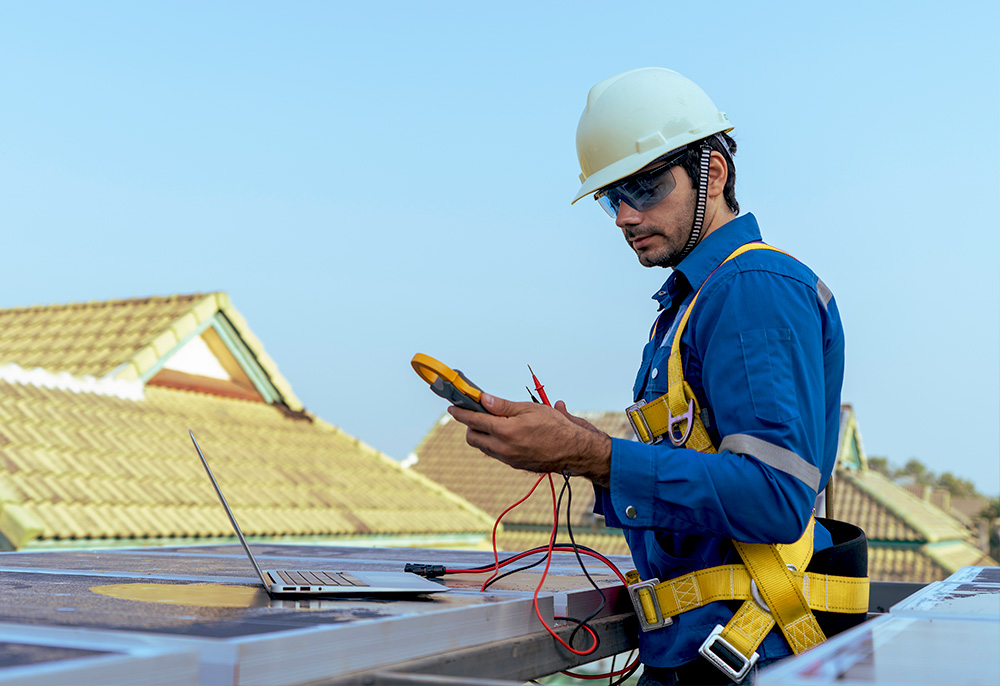
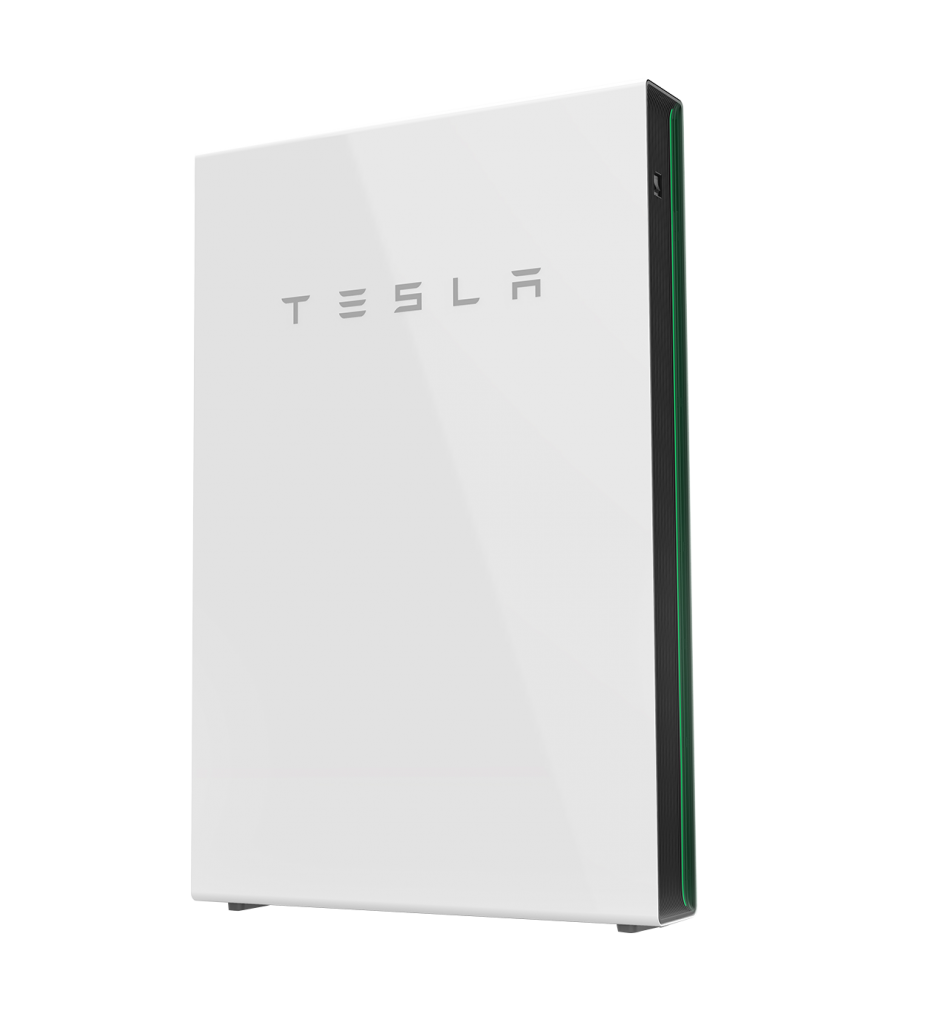
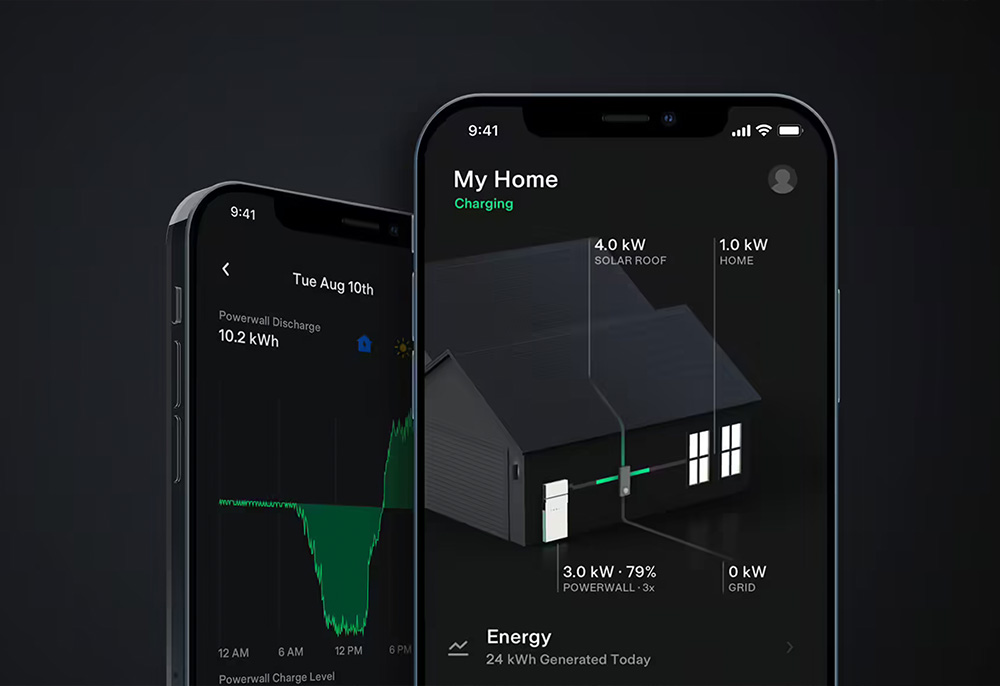
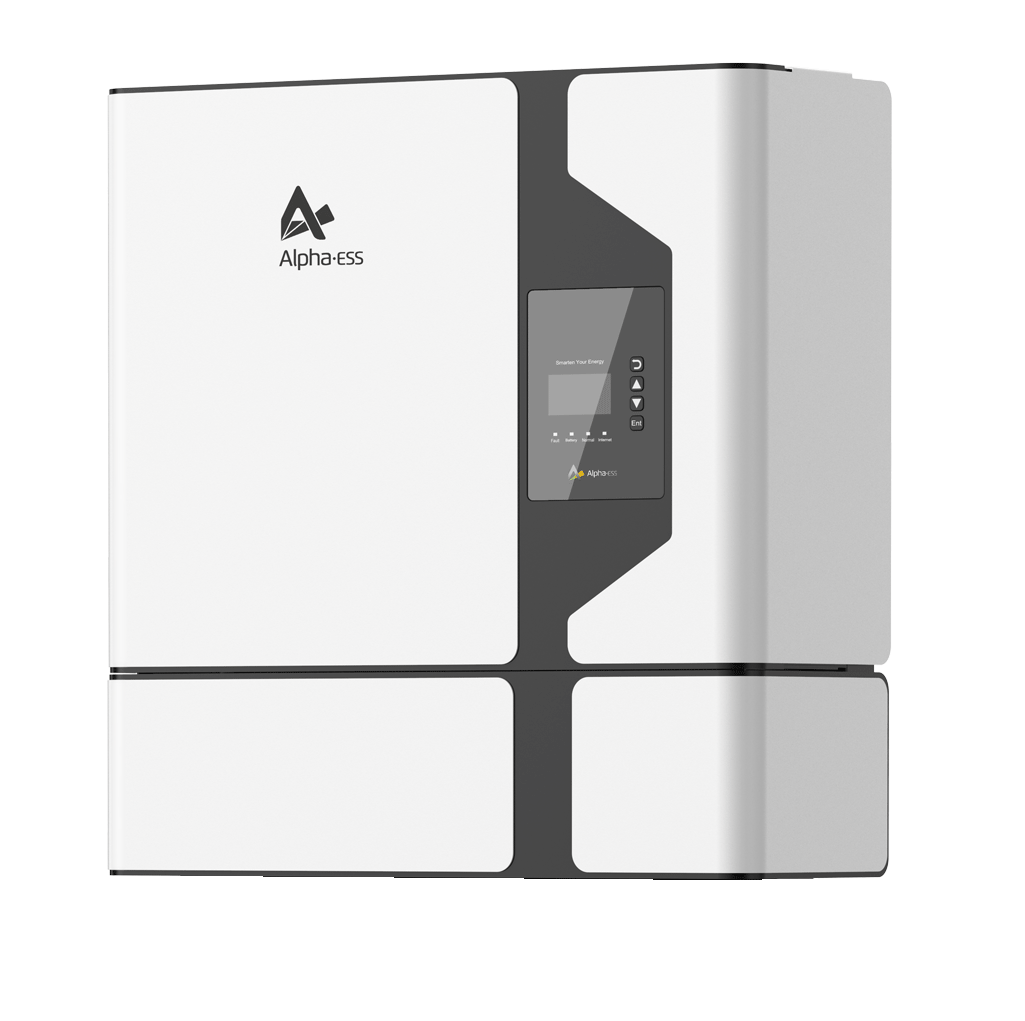 Today, AlphaESS have produced a premium storage battery for you… The Smile-Bat-10.1P, an exceptional solar battery expandable from 10.1 to a massive 60.6kWh of storage. This Alpha battery is VPP ready, with 24/7 phone monitoring. Alpha ESS also adds 5 years product warranty and 10 years of performance warranty, which gives you as a customer some reassurance that you are supported.
Today, AlphaESS have produced a premium storage battery for you… The Smile-Bat-10.1P, an exceptional solar battery expandable from 10.1 to a massive 60.6kWh of storage. This Alpha battery is VPP ready, with 24/7 phone monitoring. Alpha ESS also adds 5 years product warranty and 10 years of performance warranty, which gives you as a customer some reassurance that you are supported.